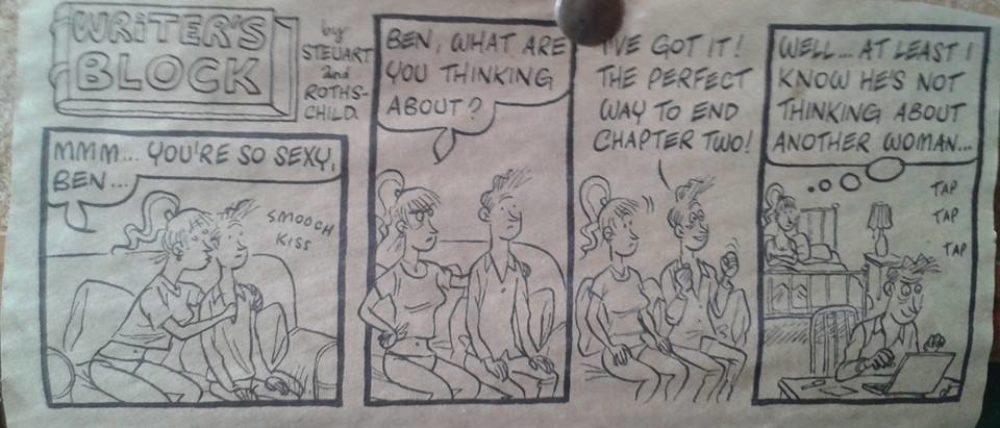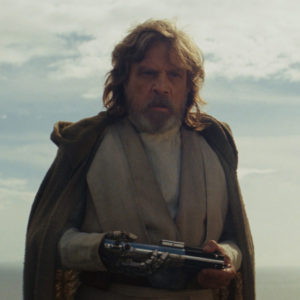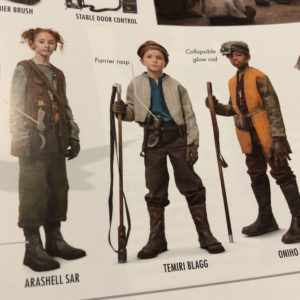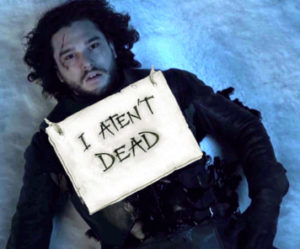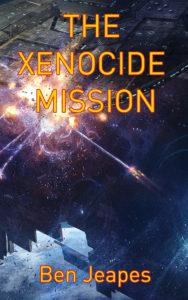 The short version: my novel The Xenocide Mission is re-released in print and on Kindle.
The short version: my novel The Xenocide Mission is re-released in print and on Kindle.
The longer bit: I am aware of the financial realities of publishing; I know that publishers like to know an author has more than one novel inside them, and that very often said novel will be a sequel. I am not averse to sequels or serieses (they are overlapping circles on a publishing Venn diagram). Without moving my head very far from where I sit, I can get the entirety of Lois McMaster Bujold’s Barrayar series staring back at me, and my life is richer for it.
But I have never set out to write a novel with the intention from the start of following it up. A very helpful early bit of writing advice was that a novel should be about the most exciting thing that has ever happened to the hero. I still stand by it, though I would add “up to that point of their life”. This doesn’t preclude writing a sequel, but it should certainly make you pause a little. Bujold managed it, by and large; Miles’s life gets more and more interesting as it goes on, and when she’s got as far as she can go, she shifts attention to other characters. Other writers’ heroes have followed a distinct bell curve of being interesting, but I couldn’t possibly name Orson Scott Card or any other offenders.
For the 1994 Milford I took chapters of my space opera in progress, His Majesty’s Starship, which was very definitely planned as a standalone novel. I wrote it with an aim; that aim was achieved. Feedback was positive, helpful … and unexpected, in that when I explained the background plot (alien race wants help from the humans) an immediate reaction was: the aliens want us? With our history? Why? Can’t they do better? Milford does that – if you’ve got a blind spot, someone will spot it, never fear.
So, by the end of that crit session I had spontaneously generated a race of warlike aliens who had, for reasons no one including me quite understood, wiped out the native life on the next planet in their own solar system. Sooner or later they would discover faster-than-light travel and emerge into the galaxy as an active menace – so, for my friendly aliens, time was short.
That fixed the plot point, but what was I going to do with these aliens? They didn’t fit into the novel and I couldn’t possibly leave that point open. Fortunately, the same session made the criticism that my hero was a bit bland. He needed more background. He needed a family! An eighteen-year-old son Joel also generated spontaneously from the ether.
And these two things together, son + warlike aliens (with a smattering of inspiration from New Scientist), gave me enough material to write The Xenocide Mission, in which we learn exactly why the aliens did what they did. And yes, they did have their reasons.
I plotted a large chunk of The Xenocide Mission whilst staffing the company stand at the Frankfurt Book Fair, 1998. This had the advantage of looking a lot like actual work, and people who came up to me with work-based queries actually apologised for interrupting. Well, quite, art was happening. But I graciously answered their queries.
The Xenocide Mission did okay; it made it into Waterstones, which is more than His Majesty’s Starship ever managed. It paid off its advance, so, royalties. Early in the new century I got the chance to feel very futuristic and science fictiony when I was asked if I would like to include it in Random House’s fledgling ebook programme. I gaily signed away the rights, not noticing in those days of electronic infancy that there was no kind of reversion clause …
As of 2017 it was still in print, occasionally sending a trickle of pennies my way in royalties, more usually holding payment over until next time for not crossing the royalty threshold. Eventually I decided enough was enough and asked my agent to see if he could get the rights back. Random House promptly responded that it wasn’t out of print because it was available electronically and always would be … I pointed out that we knew it wasn’t OOP and were asking them to make it so, given that royalties were negligible and surely costing them more to administer than they got back. I also prepared a host of arguments exploiting ambiguities in the original contract and addendum, prepared to try and wear them down until they just gave in … And then, lo and behold, my superior logic work and the rights reverted. Just like that.
So, here we are: The Xenocide Mission, lightly edited (but only lightly; by and large I take the Pontius Pilate approach to standing by what I have written) and available in print and Kindle.
Footnote 1: Two versions meant sending Amazon two copies of the rights reversion letter from Random House, proving that I was allowed to do this. In fact, for the print version it meant sending off several copies: I had to make changes to the typeset content and it seems that at every stage of the printing process, something triggers the Amazon protocol droids to ask again and yet again whether I have the rights.
Footnote 2: When I tried to launch Amazon advertising campaigns for both versions, they were declined as I was using a very generous quote provided by Al Reynolds for the original edition. This was not a verified customer review … I know the limits of my patience and I know how far anyone gets when arguing with the protocol droids, so I de-Reynoldsed the ads and they seem to have gone through. But here it anyway:
“Anyone who missed Ben Jeapes’ first novel, His Majesty’s Starship, missed one of the best first contact books in a long while – a gripping, logical, original and fundamentally optimistic retake on one of SF’s richest themes. Brimming with humour and tension, The Xenocide Mission amply fulfils the promise of its predecessor.” – Alastair Reynolds.
So there.
